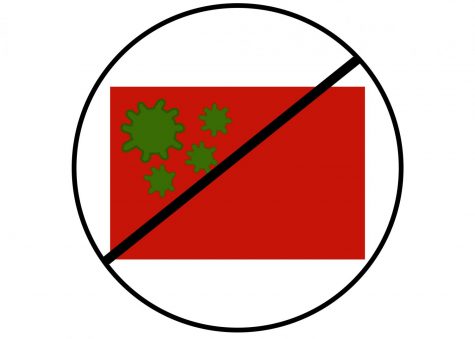Missoula A must Read
March 2, 2017
Rape is a crime inflicted upon nearly 20 percent of women according to a CDC study cited in the author’s note of Jon Krakauer’s book Missoula, published in 2015. And yet, rape is the most underreported serious crime in America with at least 80 percent of rapes never reported.
These seemingly irrational and inexplicable statistics are the motivation for Jon Krakauer’s latest book Missoula, a poignant yet infuriating look at the failures of our justice system to protect an entire demographic of our nation: women attending American universities.
With thorough research Krakauer reveals the truth behind the rape crisis in Missoula, Montana. Investigative reporting and a handful of rape victims brave enough to come forward reveal the mistreatment of women who come to the Missoula police department to report rape.
Since a disproportionate number of Montana University students accused of rape also happen to be on the college’s football team, fondly called “The Griz” by locals, the conflict becomes polarizing.
The town splits into two camps: those who give undying support to the university and the team, and victims who want justice and do not want to be forced to attend class everyday with their rapists. The diehard Griz fans think of the victims as vindictive women intent on smearing the university.
Each time a football player is found not guilty, the fans see it as proof that the accuser is lying and that the football player is the real victim of injustice not the woman who was raped.
Missoulians who attempt to find the truth among the controversy such as reporter Gwen Florio are castigated by Griz defense attorneys, Missoulians and university attendees alike.
The fact that most rape cases that go to court in Missoula are acquaintance rapes rather than stranger rapes make the situation even harder for the town to understand.
Krakauer seeks not only to shed light on the crisis and its misconceptions but also to correct misconceptions about the crime of rape itself.
The book reveals why rape cases are dropped so casually and why, even when the decision is made to prosecute, so many rapists get off scot free.
What makes the Missoula crisis even more incredible is the University of Montana doesn’t have more incidents of rape than other college campuses. In fact, the incidence is lower than the national average. Every university should be getting this type of scrutiny, not just the University of Montana.
The most important part of the book is that it gives the reader incredible empathy for the victims. Anyone that has ever thought that a rape victim was asking for it because they were intoxicated or because they were ‘promiscuous’ or because they were wearing a short skirt would benefit hugely from reading Missoula.
One difficulty of the book is that parts of it are weighed down by legal proceedings, review of sexual assault laws in Montana and court transcripts which can understandably alienate some readers.
I would recommend this book as a great source of information about rape culture on campuses and the prosecution of sexual assault.
For anyone who plans on going to college or who has trouble understanding the traumatic nature of rape or simply anyone who would like to be educated about a subject which many of us are too uncomfortable to talk about, Missoula is well worth the read.







